Volkswagen’s most famous engine is undoubtedly the original Beetle’s air-cooled flat-four. But, throughout the years, VW’s inline four-cylinders have always been some of the best-in-class.
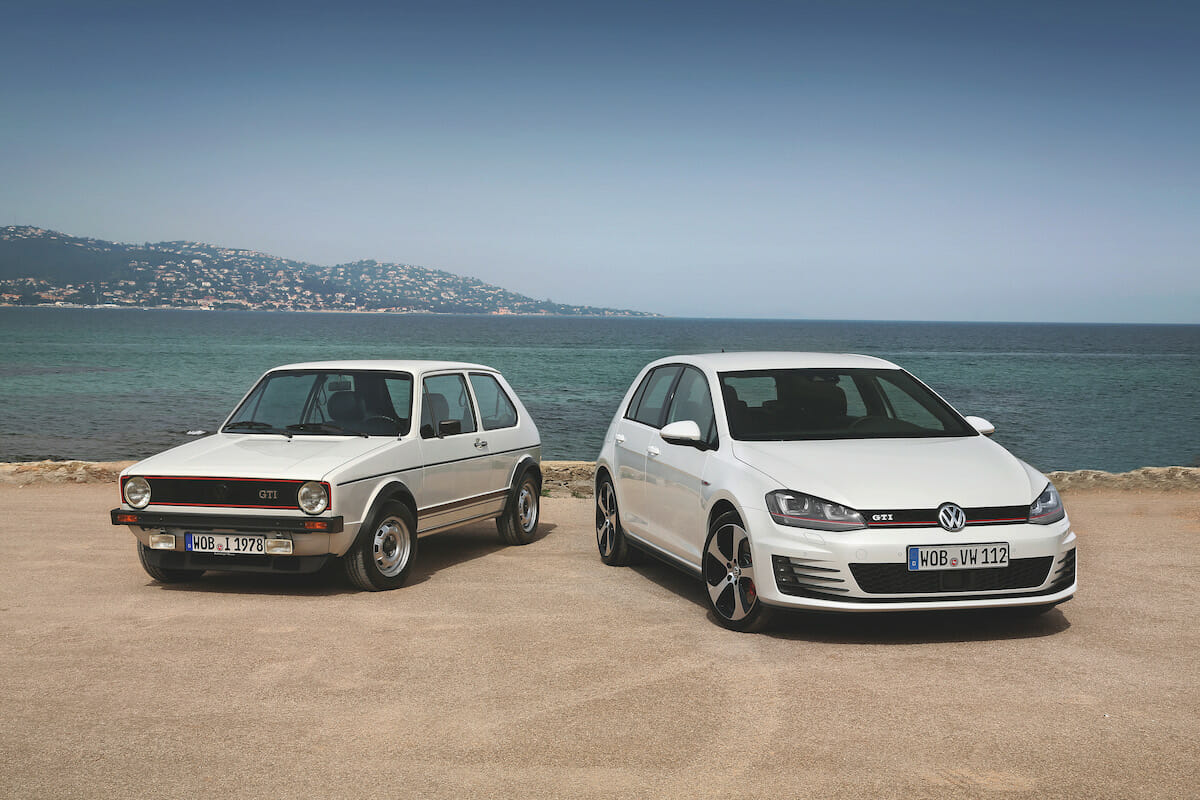
A two-liter turbocharged four-cylinder engine can be found under the hoods of just about all cars at this point. Even Jeep Wranglers, Porsche Caymans, and the BMW 7 Series are offered with efficient I4 engines we generally associate with economy cars.
The difference is, unlike past four-cylinders that turned anything bigger and heavier than a compact car into a penalty box, the modern direct injection engines make more power and torque than V8s twice their size.
Volkswagen has been at the forefront of four-cylinder engines for years. It was one of the first to use a turbocharged four as a replacement for naturally-aspirated V6s as well as one the first to make turbocharged, direct-injection gasoline engines commonplace.
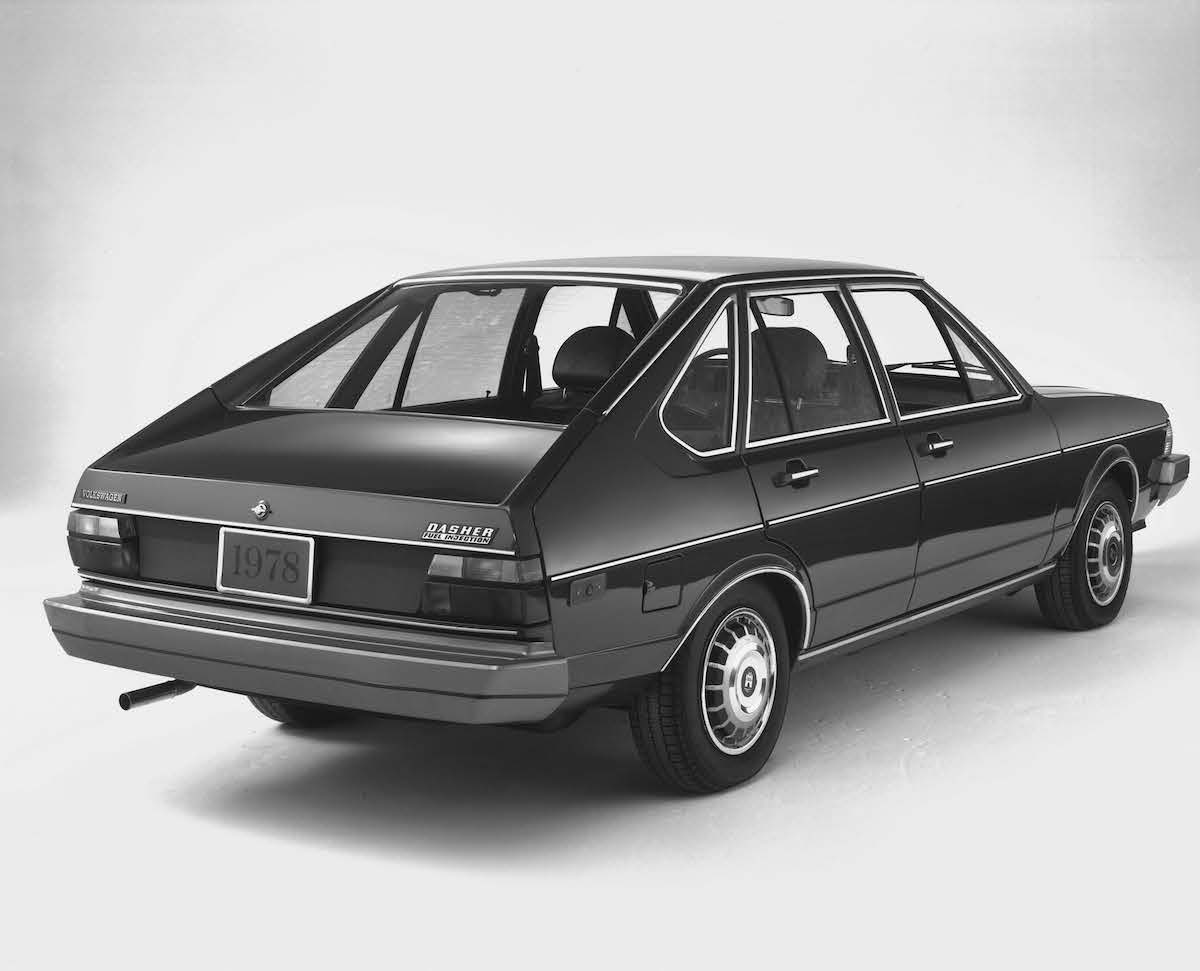
Fuel Efficiency Concerns Had VW Adopting Water-cooled Engines
After decades of success with air-cooled engines, fuel efficiency and emissions standards forced VW to adopt water-cooling. Surprisingly, its first forays into the more complicated system were not done with flat-fours, known as the Wasserboxer.
At the time, this made perfect sense as they would easily drop into cars originally designed for the air-cooled flat-four. But, rear-engine cars were on the way out for Volkswagen, and the packaging of a front-engine, front-wheel-drive car is best served with an inline-four-cylinder.
Volkswagen’s first inline-four started life in 1972 as an Audi engine used in the second-generation Audi 80, called the Fox in North America. It shared a platform with VW Passat, then known to Americans as the Dasher.
The Dasher debuted in our market in 1974 with a 74 horsepower, 1.5L designated EA827. A year later, the engine received an upgraded fuel injection system and grew slightly to 1.6L increasing output to 78 hp.
In 1983, the first GTIs made it to the U.S. The car that redefined small car performance did so with just 90 hp from its 1.8L eight-valve engine. At the time, it was considered powerful compared to other small cars.
The bump in power over the normal Rabbit came from higher compression, a freer-flowing exhaust, and bigger intake valves. It shared its iron block and aluminum head and even its camshaft with the American Rabbit.
At the time, Car and Driver magazine described the GTI’s performance as, “spunky down low and pulls hard for the redline.”
In 1985, the MKII GTI arrived and the 1.8L eight-valve was now rated at 110 horsepower. This was a welcome improvement as the second-generation cars were bigger and heavier, a sad tradition for most of the industry.
A more significant upgrade arrived in 1987 in the form of an entirely new head. The single overhead cam with two valves per cylinder head was replaced with a double overhead cam with four valves per cylinder.
VW’s 2.8L Six-cylinder Engine Redefined Small Car Performance in the 1990s
The 16-valve GTI is now a legendary car. Originally, the displacement stayed at 1.8L. However, the ultimate iteration of the MKII GTI was the 1990-1992 cars, which were equipped with a 134 horsepower, 2.0L, 16-valve engine.
The MKIII Golf arrived in 1993 sporting an all-new I4, now 2.0L with a crossflow eight-valve head. Volkswagen felt the GTI had outgrown its four-cylinder engine and again redefined small car performance by using a 2.8L six-cylinder engine.
The VR6 caused a sensation. With a V-angle so narrow (15-degrees), there was no valley between the two banks and only one head. It made 172 horsepower, but more importantly, it made 173 lb.-ft. of torque, which was unheard of in a small car at the time.
All of these engines can go hundreds of thousands of miles without needing a rebuild. Like most European cars, they demand that owners stick to routine maintenance schedules. But, they reward with driving character you don’t find in most small car engines.
The eight-valve cars provide great low-end torque. The 16-valve engines breath better at the top end and will pull to redline all day long while sounding great doing it. The VR6 is still an icon and one of the best-sounding engines Volkswagen has ever made.
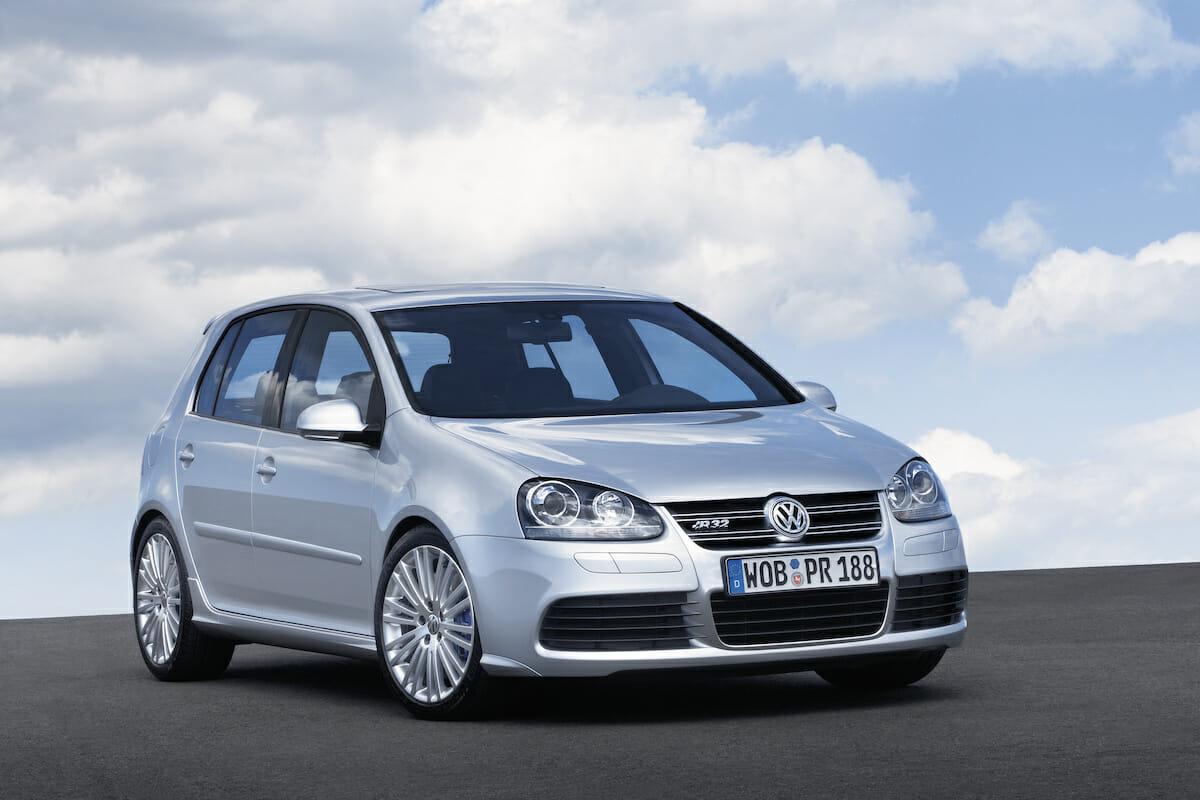
VW/Audi’s 1.8T Adds More Power
The VR6 would carry over into the MKIV GTI and would even power the limited-edition Golf R32, but something bigger in smaller displacement was happening concurrently.
Across the VW and Audi portfolio, the newest engine was again resetting enthusiasts’ expectations. The VW/Audi turbocharged 1.8L 20-valve I4, commonly referred to as the 1.8T, changed everything, nearly overnight.
The first versions of the 1.8T came out of the box with a meager 150 hp and 155 lb.-ft. of torque. Those numbers weren’t great at the time, but the fact that it can make peak torque as low as 1,800 rpm makes it feel like a V8 when driven around town.
The 1.8T had another trick to lure in the enthusiast market as well; a simple software flash of the car’s engine computer could add another 40 horsepower. Modifying a car had never been so simple.
There were multiple versions of the 1.8T for different applications. All used an iron block with an aluminum head with five valves per cylinder (three intake and two exhaust) operated by two camshafts.
Some versions of the 1.8T used variable valve timing, some had slightly bigger valves and intake ports, and in the case of the top-of-the-line Audi TT, it used a bigger turbo and a second intercooler to make 225 horsepower. The beauty of the design is that all the parts from the most powerful Audi could be swapped onto a Jetta or Beetle to make the same power.
For the average owner, these were reliable engines. Owners who pushed modifications to the extremes weren’t always as lucky. In the early production cars, there were some issues.
1.8T Engine’s Early Problems Have Been Resolved
The 1.8T uses individual coils for each spark plug mounted on the top of the head. VW and Audi went through several iterations of these parts before they became reliable.
The mass airflow sensor–mounted between the airbox and the turbo inlet–measures how much air is being pulled into the engine. It also went through several different versions and manufacturers before finding a reliable design. But, for current or potential owners, these problems have been ironed out.
If you are currently looking at a 1.8T-powered car, you should be aware that while most of the big component problems have been dealt with, you have other things to worry about.
The 1.8T is a turbocharged engine with a variety of different systems needed to meet modern emissions, and this means the 1.8T has yards of rubber vacuum and boost pressure lines spider-webbed around the engine compartment.
A small crack or pinhole can cause the engine to run rough at best, or not at all at worst. Either way, you will have a check engine light that will require a repair. If you are considering buying a preowned 1.8T, and the owner hasn’t replaced the bulk of the lines under the hood, be sure to factor that into your purchase budget.
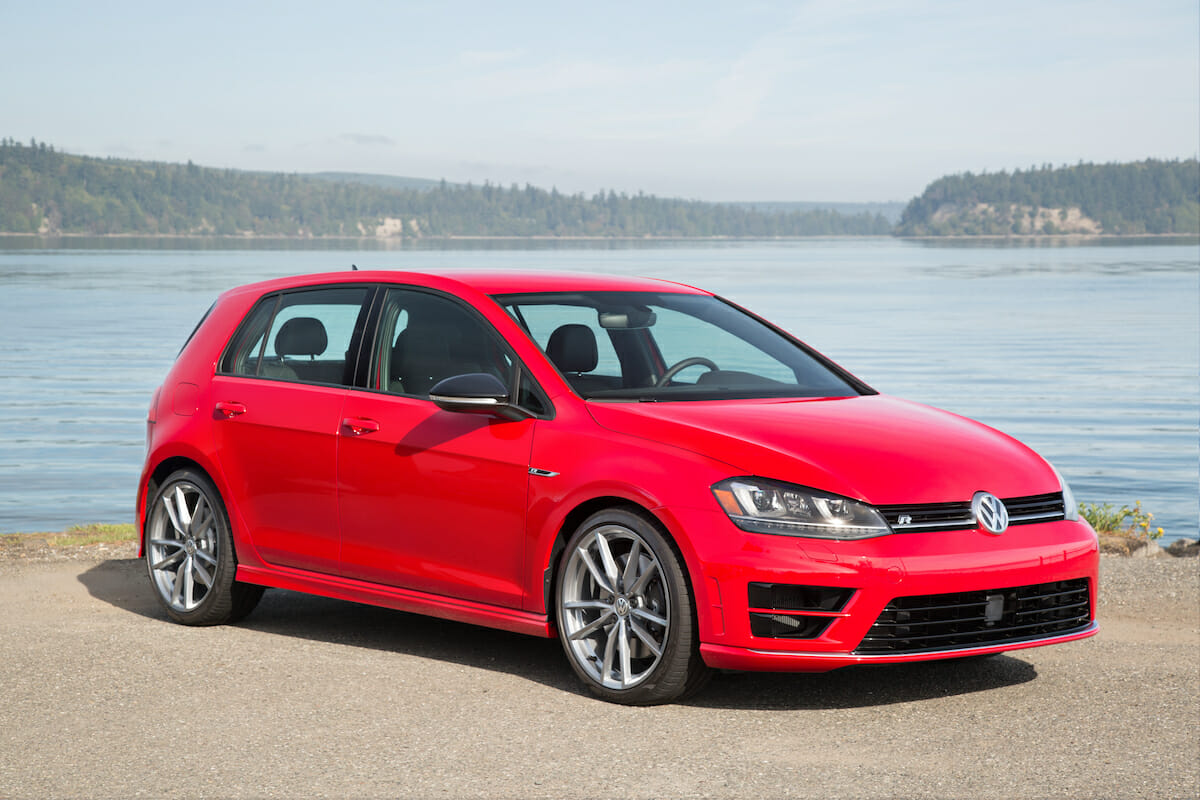
Direct Injection Provided Immediate Power
There were two main complaints with the 1.8T. First, it didn’t get significantly better fuel economy than the VR6, which is disappointing given an entire liter less of displacement. Second, although it was minuscule compared to turbo engines of the past, some amount of turbo lag was still perceptible.
VW was able to fix both problems with new technology, again far more advanced than you would expect to find on such affordable cars.
Gasoline direct injection was almost unheard of when Volkswagen launched it on the MKV GTI in 2005. It had been used on diesel engines in the past but never in mass production turbocharged gas applications. The first iteration of this engine was called Turbocharged Fuel Stratified Injection (TFSI).
Unlike port injection, which sprays fuel into the intake charge outside of intake valves, direct injection sprays fuel directly into the combustion chamber. This has several advantages.
First, it operates at extremely high pressures and the gas atomizes into a very fine mist, making the fuel evaporate very quickly, cooling the intake air minimizing pre-detonation. This allows engineers to not only run higher boost pressures, but it also allows for higher compression ratios, which makes the engine create more power, even when the turbo is off boost.
All of this adds up to an engine that is more responsive and more powerful.
Direct injection also has advantages for efficiency. Spraying the fuel straight into the combustion chamber can ensure better fuel and air mixing. The placement of the fuel is now aimed, you aren’t counting on it tumbling into the right place as you do with port injection.
Port injection also requires extra fuel to assure that lean burn doesn’t occur, which can harm pistons. Direct injection solved many of the problems previously inherent with turbocharging.
Common Complaints About VW’s First Direct Injection Engine
Volkswagen’s first direct-injection engine was based on the EA113 engine family. Common complaints with this engine revolved around the timing belt, which required regular servicing, and the high-pressure fuel pump that was driven by the car’s camshaft and was a high-wear item.
The fuel pump cam drive went through a few iterations, but the redesigned units are now very reliable. These engines are still being used today, in applications like the Golf R and Arteon.
The second version of the direct-injection engine family is code-named EA888, which currently has three generations. These are used on everything from the GTI to the Tiguan. Badged TSI, these engines use a timing chain instead of a belt.
They also use a slightly lower compression ratio compared to the TFSI, but still higher than what is normally found on a forced-induction engine.
In the case of the Tiguan, Passat, and Audi A3, it uses what’s referred to as a Budack Cycle instead of the traditional Otto Cycle for combustion. In the Budack Cycle, the intake valves are held open for a short part of the compression stroke.
This pushes a small portion of the intake charge back out of the combustion chamber instead of compressing it, so your engine is performing less work. It improves fuel efficiency at low engine loads. The engine does use the variable cam timing to revert back to the normal Otto Cycle at higher loads.
The EA888 engines had a few problems in the beginning, including bad turbochargers as well as a few reported cooling system problems. Again, these will have been fixed by now on all but the lowest mileage examples of cars out there.
These cars have two active engine recalls according to the NHTSA; one is to repair the cam-driven vacuum pump and the other to repair the suction pump inside the fuel tank. This is considered an engine recall as it affects the evaporative emissions system.
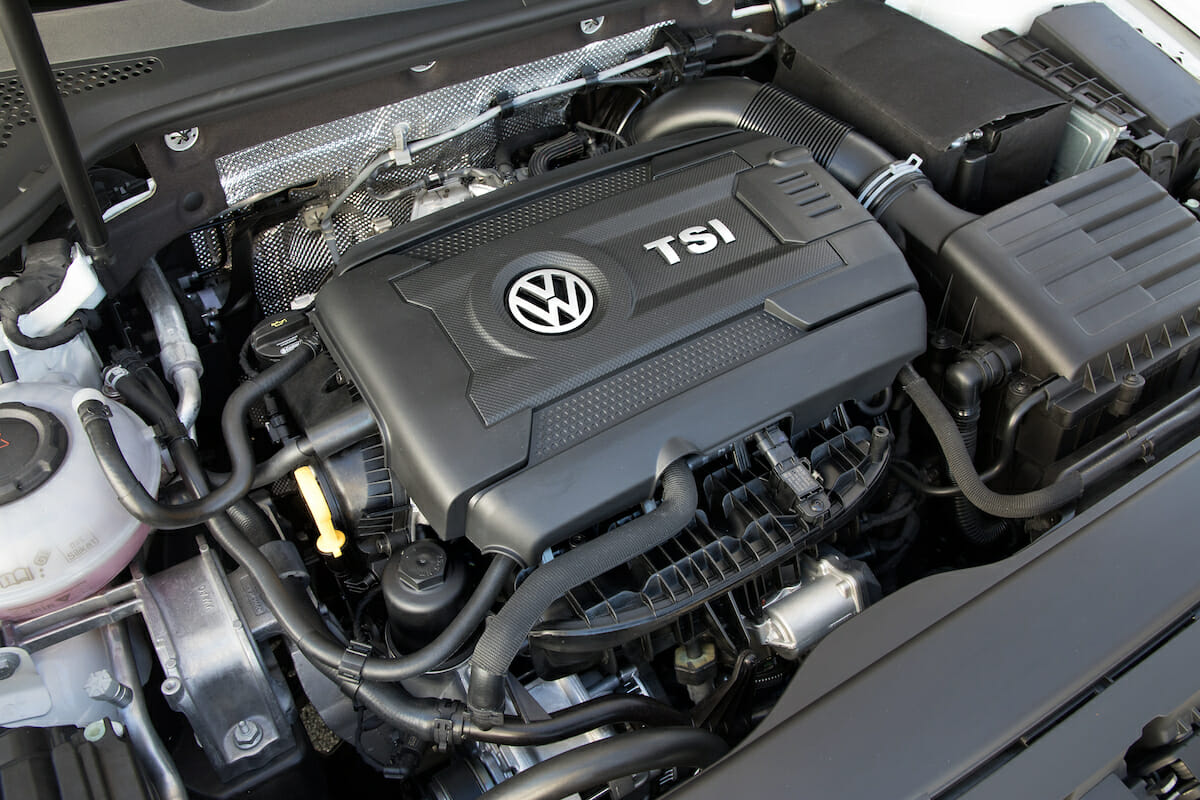
How Reliable are Volkswagen Engines?
Volkswagen has been fighting poor reliability claims for decades, most unfounded and some not. The company has found itself sliding up and down industry reliability ratings, most of the time with downward slides directly correlating with new model releases.
In recent years, VW has been using a production model that relies on product evolution more than all new products; it appears to have helped.
One issue which appears to be unavoidable with direct injection industry-wide is carbon buildup on intake valves. In a normal port injection car, gasoline is passing over the valves with every intake stroke. This effectively cleans the valves with all the detergents and additives gasoline companies brag about.
With direct injection, fuel is sprayed straight into the combustion chamber, so all the added Techron and V-Power never touches the backs of the valves. Oil vapor from the crankcase builds and sticks to the valves and the inside of the intake runners, restricting flow.
At present, the only fix is to physically scrape the head and valves, which as you can imagine is labor-intensive. Most VWs can go between 40,000 and 60,000 miles between cleanings. The service starts at around $500, so factor that into ownership costs.
As someone who has owned just about one of each engine, I can say with a high degree of confidence that if you avoid first-year products, you will avoid most headaches.
Photos: Volkswagen
